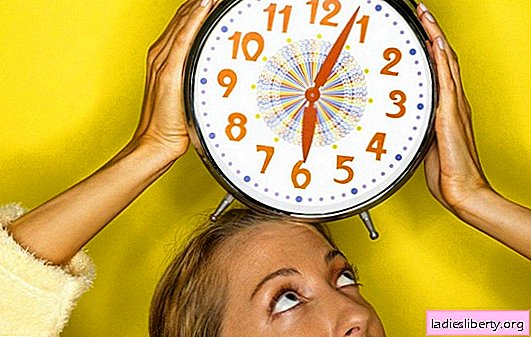
The complex dance of human life consists of numerous rhythms, so different in nature and duration, that their overlapping seems to be complete chaos. Nevertheless, these disparate cycles govern human existence from the moment of the first beat of the infant’s heart to the inevitable physical extinction at the end of life. Some of these rhythms are common to all people.
For example, awakening and falling asleep, obviously associated with a change of day and night. But there are other, less explicit cycles, which, apparently, have their own schedule.
Some of them are inherent in the whole family, others are purely individual. In addition, statistical analysis of census data reveals unexpected facts - rhythms that vary among different nations or depending on where they live.
Biologists have discovered hormonal fluctuations: the regular influx and outflow of hormones in the human body. And medical research shows that disturbance of these rhythms can shock the whole human body, undermine physical and mental health.
To detect these cycles, it is not necessary to fully understand their nature. Although the temporary rhythms of life have become the object of study of the new science of chronobiology, scientists are still far from explaining the complex interactions of the human body and time.
Waking up in the predawn darkness, a man reaches for an alarm clock an instant before his call. Turning off the alarm, he may doubt for a second whether he really needs a mechanical tool, since his internal clock works so well.
This daily - twenty-four-hour - chronometer is familiar to everyone who is forced to comply with the schedule, but there is no watch at hand.
For a long time he was considered a purely speculative phenomenon. But recent studies have shown that biological clocks are actually psychological. Apparently, the built-in chronometer is due to the so-called suprachasmal nuclei.
This is a group of neurons located above the fluid-filled space in the midline of the brain. From experiments on rats conducted in 1972, scientists learned that damage to the suprachasmal nucleus can lead to disruption of their daily rhythms drinking water and physical activity. In the early 80s of the last century, similar phenomena were observed in cats, squirrels, and monkeys.
Further experiments showed that transplantation of the suprachiasmal nucleus of one guinea pig into the brain of another makes the latter switch to the rhythm of the donor.
Despite the lack of such experimental data on humans, researchers suggest that human suprachasmal nuclei, similar to mammalian nuclei, are the same.
They can regulate daily cycles such as awakening and falling asleep, coordination of the work of the heart and pulse rate, the release of enzymes and hormones, - including those that produce the pineal gland, -, which, in turn, control the functions of many organs of the body.
Probably, suprachiasmal nuclei are not the only internal clocks of the human body, but they are probably the most important and smallest.
This sophisticatedly sophisticated biological metronome is located in a group of brain cells that are smaller than a grain of sand.











